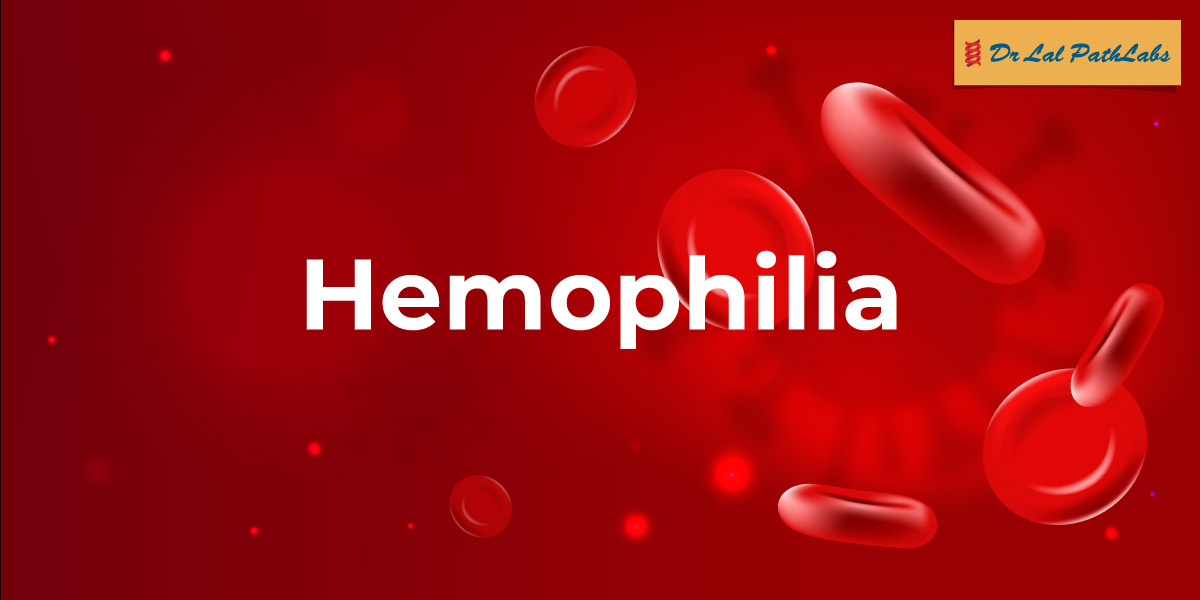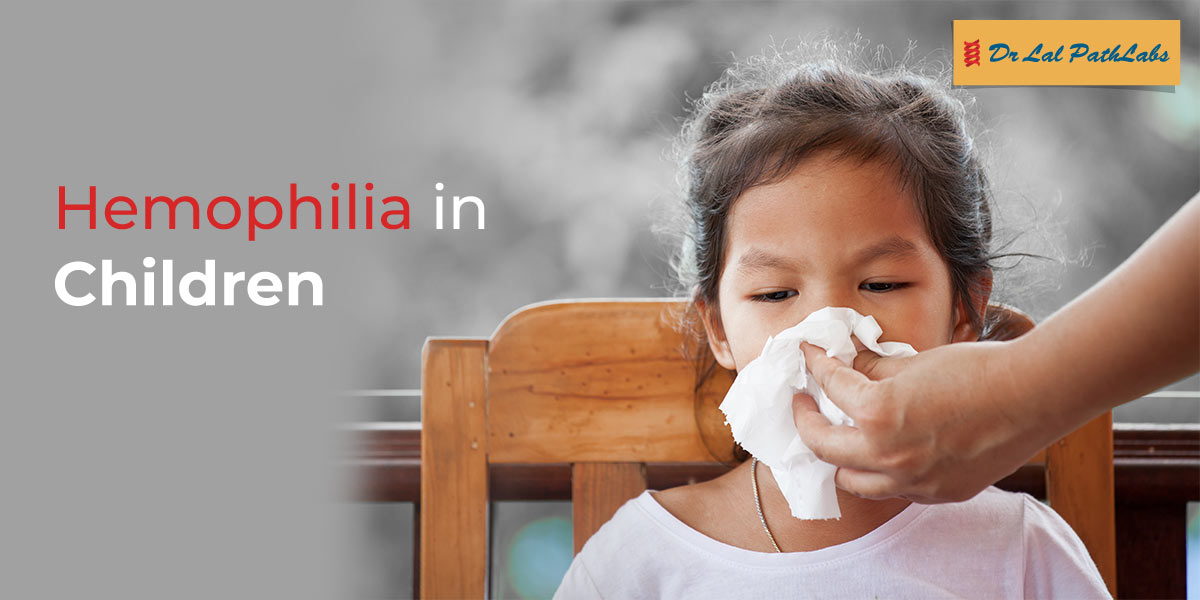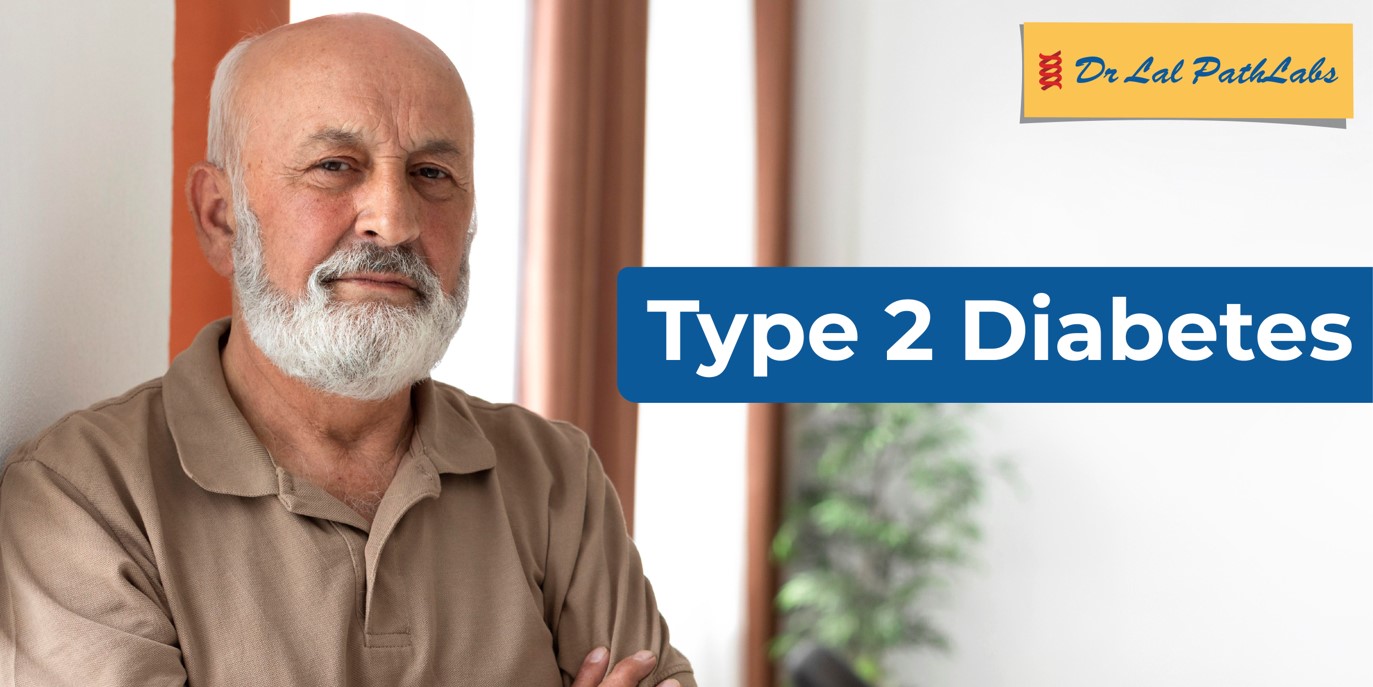2024 © LalPathLabs.com. All rights reserved. ---v1.05.06.24
PLATELET COUNT
No special preparation required
Platelets (thrombocytes) are colorless blood cells that help blood clot. Platelets stop bleeding by clumping and forming plugs in blood vessel injuries. Low platelet counts are seen in infections like Dengue, bone marrow disorder such as leukemia or an immune system problem and can be a side effect of taking certain medications. It affects both children and adults. High platelet counts usually do not produce any symptoms. They are mainly a reaction to infections or due to some problem in the bone marrow.
By calculating how many platelets are present in a microliter of blood, the blood platelet count test is essential for both diagnosing and tracking platelet diseases. It is essential for determining the likelihood of bleeding, monitoring the effectiveness of treatment, and directing medical decisions for patients with platelet-related illnesses.
Common signs and symptoms include:
Bruises
Bleeding from nose or gums
Reddish urine
Menorrhagia (excessive menstrual bleeding)
Vomiting blood
Muscle pain
Dizziness
Frequent infections
Fever
Leg swelling
Severe headaches
In certain conditions like cancer, an enlarged spleen, bone marrow damage, strokes, and chemotherapy side effects can also occur.
Platelet counts are used to diagnose thrombocytopenia (excessive bleeding) and thrombosis (clotting).
When dengue infections are severe, they are crucial for keeping an eye on platelet counts.
During normal health checks, the platelet count test is a useful part of a full blood count.
It helps identify some cancers and illnesses connected to platelets.
No special preparation required
Daily
H010
N/A
6 hrs
48 hrs
NA
Electrical Impedence
3 mL (1 mL min.) Whole blood in 1 Lavender Top (EDTA) tube. Ship refrigerated. DO NOT FREEZE.
Platelets participate in primary hemostasis by forming a platelet plug at sites of vascular injury. Average life span of platelets is 7-10 days. Low platelet count may occur due to decreased production eg. bone marrow failure, increased consumption eg. idiopathic thrombocytopenic purpura, increased sequestration eg. hypersplenism or a combination of these causes.

Blood contains plasma proteins that cause it to clot in cases of cuts and injuries. However, people suffering from hemophilia disease have a deficiency of these essential proteins, which affects their blood’s ability to clot and causes excessive bleeding. ...This article provides valuable insights into childhood haemophilia and its various aspects.

Haemophilia in children is a rare medical condition that affects blood clotting ability. Understanding its types, causes, complications, and symptoms is essential for ensuring early diagnosis and tailored treatment strategies. ...This article provides valuable insights into childhood haemophilia and its various aspects.

According to the WHO, India is ranked second in the world, with 77 million patients with type 2 diabetes. The worst is that half of the people are unaware of their diabetic status, and it can reach a severe stage before it gets detected. ...It’s normal to feel anxiety, worry and grief any time you’re diagnosed with a condition that’s certainly true if you test positive for COVID-19, or are presumed to be positive

Get a call back within 15 minutes from our Health Advisor for Test Booking Assistance
